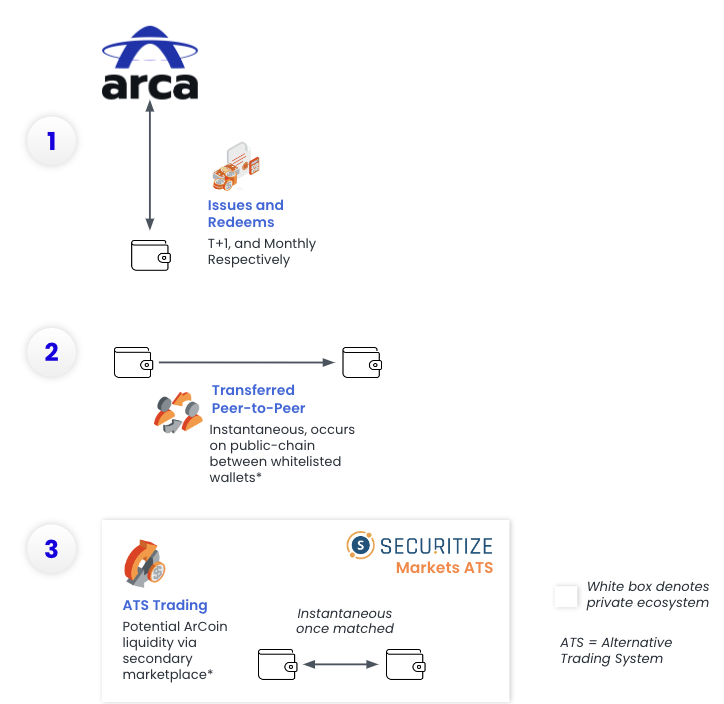Research Summary
This report provides an in-depth analysis of the Ethereum network a year after its significant upgrade, The Merge, which transitioned the network from a Proof-of-Work to a Proof-of-Stake model. The report examines the impact of this shift on Ethereum miners, the evolution of the validator landscape, the profitability of validators, and the future roadmap of Ethereum. It also discusses the potential risks and benefits associated with the dominance of Lido in the staking ecosystem.
Key Takeaways
The Impact of The Merge on Ethereum Miners
- The End of Ethereum Mining: The Merge marked the end of Ethereum mining, which was a multi-billion dollar industry. The transition to Proof-of-Stake led to a decrease in hardware prices and limited profitable mining opportunities for GPU miners.
- Impact on GPU Miners: While some larger miners were able to transition to AI-driven compute resources, most smaller miners were left with limited options. Other Proof-of-Work chains mineable by GPU, like Ethereum Classic, offer less lucrative options due to lower activity and applications.
Ethereum’s Validator Landscape
- Role of Validators: Since The Merge, validators have become the principal driving force of the Ethereum network. The largest validator pool is under the Lido umbrella, which accounts for 30.6% of the total pool of active validators.
- Controversy Surrounding Lido: Despite its dominance, Lido’s role in the staking ecosystem has raised security concerns due to the potential for coordinated attacks. However, Lido is composed of multiple staking operators that run their nodes independently, mitigating some of these concerns.
Validator Profitability and Ethereum’s Monetary Policy
- Decreasing Yield: The yield to each individual validator has been decreasing consistently over the last year due to an increase in the number of validators. This yield is directly related to the number of active validators on the network.
- Inflationary vs Deflationary: The Ethereum network has been mostly deflationary over the last year since The Merge, but it has been trending towards inflationary due to low user activity on the network.
Ethereum’s Future Roadmap
- Technical Upgrades: Ethereum’s future roadmap includes a series of technical upgrades aimed at improving transaction capacity and user experience. These include the introduction of EIP-4844, which emphasizes the use of rollups, a layer-2 scaling solution, and account abstraction, which simplifies the task of managing seed phrases and private keys.
- Upcoming Cancun Upgrade: The next upgrade, called “Cancun”, includes several improvement proposals aimed at reducing fees, improving blockspace, and increasing contract security. The release date for these upgrades is not yet confirmed.
Actionable Insights
- Monitor Ethereum’s Evolution: As Ethereum continues to evolve, it’s important to keep an eye on the network’s progress, particularly in relation to the implementation of technical upgrades and the impact on transaction capacity and user experience.
- Understand the Validator Landscape: Understanding the validator ecosystem and its evolution is crucial for evaluating the health of Ethereum in its Proof-of-Stake paradigm. This includes monitoring the dominance of entities like Lido and the potential risks associated with such dominance.
- Consider Ethereum’s Monetary Policy: The balance between inflationary and deflationary trends in Ethereum’s monetary policy should be considered when evaluating the network’s economic sustainability.













